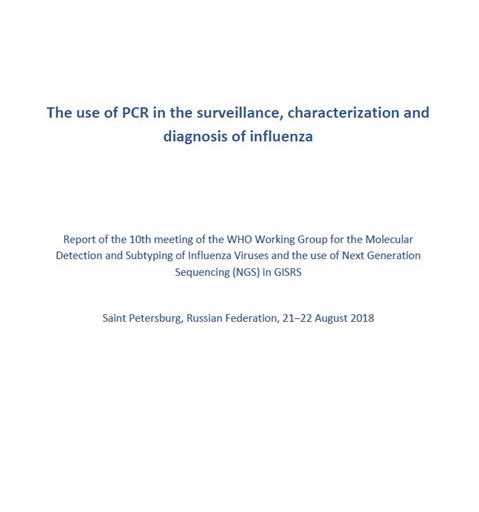Report of the 10th meeting of the WHO Working Group for the Molecular Detection and Subtyping of Influenza
1 October 2018
| Meeting report

Overview
Molecular detection methods enable the rapid and accurate detection of influenza viruses; an example of such a method is the real-time reverse-transcription polymerase chain reaction (rRT-PCR) assay. Although such methods are widely used in routine surveillance of seasonal influenza viruses, the emergence of A(H7N9) and the various A(H5) reassortants (e.g. H5N1 and H5N6) in the human population demonstrates the importance of accurately detecting and subtyping non-seasonal viruses. The accumulation of large volumes of full genome molecular data with high-throughput next-generation sequencing (NGS) allows for the timely tracking of influenza virus evolution, to inform decision-making in vaccine development, use of antiviral drugs and pandemic response strategies. Therefore, unified standards and protocols are required for the World Health Organization (WHO) Global Influenza Surveillance and Response System (GISRS) network of laboratories, to maintain sensitivity and precision in influenza virus detection and screening. The WHO Working Group for the Molecular Detection and Subtyping of Influenza Viruses and the use of NGS in GISRS (the PCR Working Group)1 acts as an expert technical group to advise GISRS on developments in molecular technologies, to ensure that standards and protocols are maintained and updated.
WHO Team
Global Influenza Programme (GIP)
Number of pages
31
Reference numbers
ISBN: ISBN 978-92-4-000069-8
Copyright
WHO
